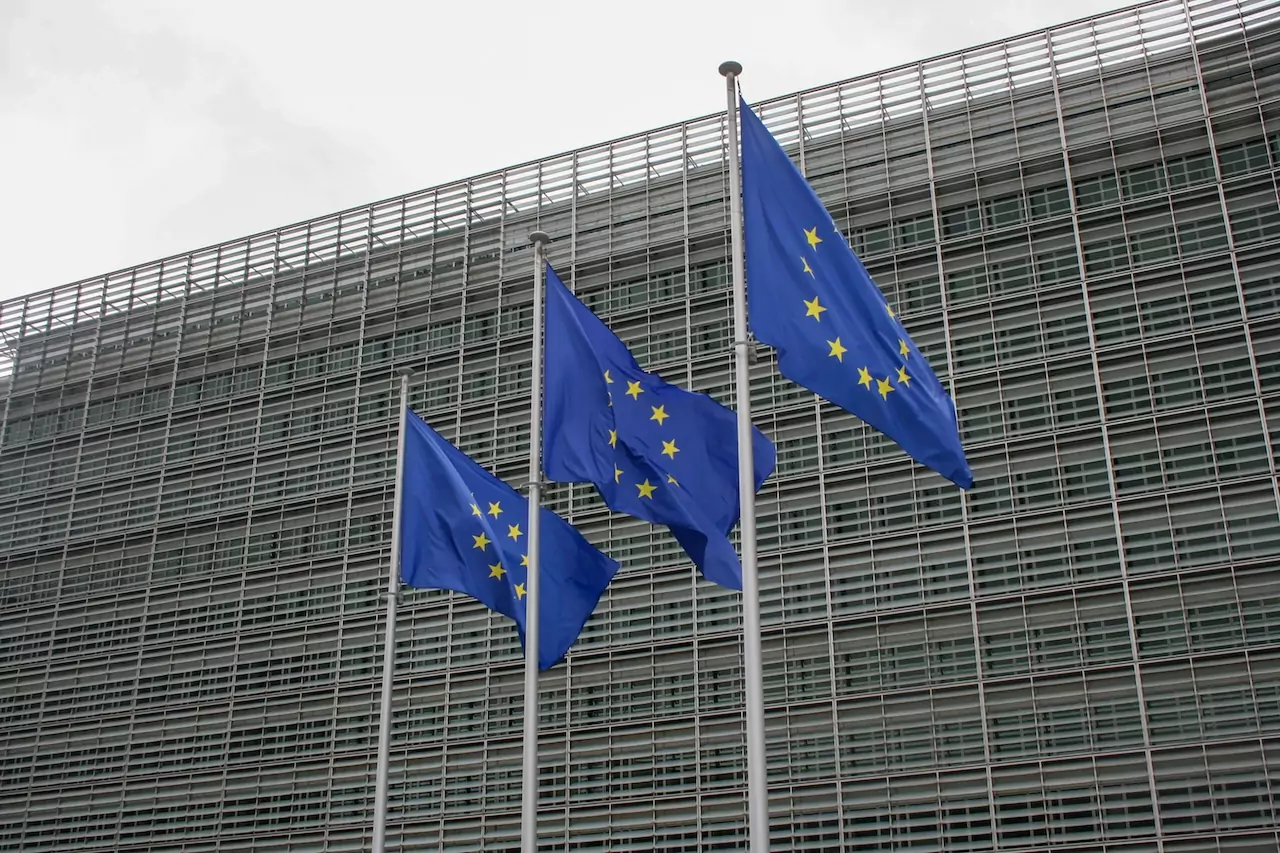The AI Act, the Digital Services Act, the Digital Markets Act, the DORA regulation, the Cyber resilience Act, the NIS directive, are all regulatory frameworks that the European Union has developed in order to make the digital environment more effective, safer, and more secure for businesses and users. Regulations that in the eyes of many are disliked because they would slow down the innovation process but, on closer inspection, translate instead into opportunities for the companies that have to adopt and implement them.
To give substance to this vision and constructive approach Italian Tech Alliance recently presented the document European digital strategy (in Italian), a real guide to everything you need to know about European regulations that was produced by the joint work of the law firms Hogan Lovells, K&L Gates, PedersoliGattai and Withers, which, in addition to explaining the regulations, analyses their impact on the innovation ecosystem.
Speakers at the presentation were Francesco Cerruti (Italian Tech Alliance), Marco Galli (PedersoliGattai), Anna Paola Lenzi (Teamsystem), Jacopo Liguori (Withers) and Raffaele Mauro (Primo Ventures), who discussed AI Act & Data Governance, while Agata Hidalgo (France Digitale), Veronica Muratori (KL Gates), Giovanni Trabucco and Giacomo Bertelli (Hogan Lovells) and Fabio Ugolini (Truescreen) addressed Digital Services Package (DSA & DMA) and Cyber aspects.
The document European Digital Strategy offers an in-depth analysis of the main European regulations on
digital and artificial intelligence, and examines the impact of the European regulatory framework on the players the innovation ecosystem, providing suggestions and practical guidance for companies to align themselves to the rules.
“Not everyone knows that 70 per cent of national legislation is EU-derived and that often the European regulatory production takes years to materialise, and this causes a serious delay in the public of public opinion in our country in contributing concretely to the European Union’s policy guidelines,’ comments Francesco Cerruti, Director General of Italian Tech Alliance. Measures such as the AI Act, the Digital services Act, the Digital markets Act, the DORA regulation, the Cyber resilience Act or the Nis directive, are designed to intervene in the new scenarios brought about by the growth of digital and the acceleration that the development and use of AI has had in recent years. The many measures looking at digital have led to an inevitable crowding of the regulatory frame, with new laws to adapt to and fulfilments required of companies, which risk getting lost in this scenario. This is why we find it essential to make available a document such as the one presented today, which stands both as an informative tool and as a map that can offer the correct path to follow in order to be fully compliant with the regulations’.
The representatives of law firms and companies who spoke emphasised that while it is true that the law requires certain actions, it is also true that in almost all cases these actions, which companies and organisations are called upon to comply with, lead to a growth in awareness, attention and skills that then reverberate in the way these companies present themselves to customers who are increasingly attentive to these aspects. These regulations, to which we can also add the European Accessibility Act, which applies to all goods and services, including digital ones, should be seen as an opportunity and appear even more important today in a scenario such as the current geopolitical one, which is showing extreme fragility and is pervaded by shocks that undermine its historical foundations. Europe has always set the standard when it comes to the security and protection of its citizens and businesses, so much so that the EU’s regulatory frameworks have not infrequently been taken up and reproduced in other parts of the world, and its role in the global chessboard can only strengthen in the years to come. ( photo by Carl Gruner on Unsplash)
ALL RIGHTS RESERVED ©
